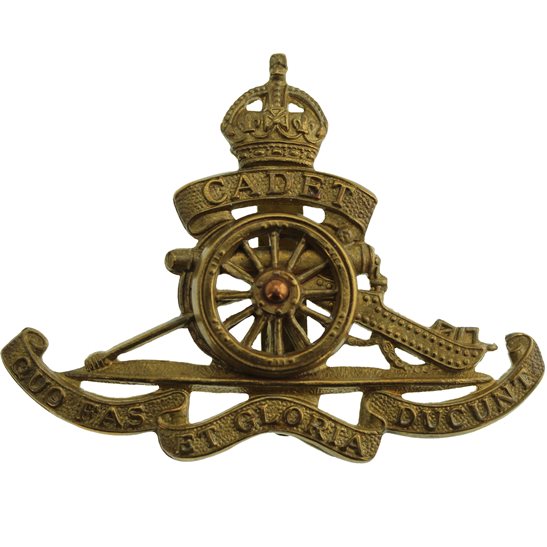Personal Details
Born: Third quarter of 1885 in Littlehampton, Sussex and birth registered in East Preston, Sussex.
Family: Eldest of four children born to the Rev. William Robinson and his wife Margaret. In 1919 he married Winifred E Ball in Bramley, Yorkshire and together they had two children, Joyce M and Eric O.
Residence: By 1891 the family had moved from Sussex to the Wesleyan Minister’s house in Blackwell, Derbyshire. Ten years later their address was 46, Mill Street, Ludlow, Shropshire. Between May 1901 and March 1902 Albion was working in Rock Ferry on The Wirral, no longer at the family home. In 1911 he and his brother William were boarding at 86 Ley Lane, Arnley, Leeds, Yorkshire. The absent voters list of 1919 records him living at St John’s Manse, Whitchurch, Shropshire where his father was the methodist minister. Between the autumn of 1919 and the autumn of 1923 he was living in Bramley, Yorkshire. By 1939 he and the family had moved south to 29 Hidson Road, Birmingham. In 1945 Albion was still living in the same area but with a change of address to that of 29 Ivyfield Road, Erdington, Birmingham. He was still living in east Birmingham at the time of his death twenty-nine years later.
Employment: In 1901 he commenced work as a booking clerk with the London & North Western Railway Company, resigning the following year. Ten years later he was working as a clothing assistant. No other information can be found until 1939 when he was listed as a commercial traveller in clothing, at this time he was also acting as an air raid warden.
Died: Aged 88 during the first quarter of 1974. The death was registered in Sutton Coldfield, Warwickshire.
Military Details
Regiment: Royal Field Artillery
Rank: Bombardier
Service Number: 144814
Date of Enlistment: Not known
Date of Discharge: After Spring 1919
Reason for Discharge: Not known
Other Information: Albion’s younger brother William Kennedy Robinson also served in WW1 as a lieutenant in the 58th brigade of the Royal Field Artillery.
Albion was awarded the Campaign Medals (British War Medal and Victory Medal)

The British War Medal (also known as 'Squeak') was a silver or bronze medal awarded to officers and men of the British and Imperial Forces who either entered a theatre of war or entered service overseas between 5th August 1914 and 11th November 1918 inclusive. This was later extended to services in Russia, Siberia and some other areas in 1919 and 1920. Approximately 6.5 million British War Medals were issued. Approximately 6.4 million of these were the silver versions of this medal. Around 110,000 of a bronze version were issued mainly to Chinese, Maltese and Indian Labour Corps. The front (obv or obverse) of the medal depicts the head of George V. The recipient's service number, rank, name and unit was impressed on the rim.
The Allied Victory Medal (also known as 'Wilfred') was issued by each of the allies. It was decided that each of the allies should each issue their own bronze victory medal with a similar design, similar equivalent wording and identical ribbon. The British medal was designed by W. McMillan. The front depicts a winged classical figure representing victory. Approximately 5.7 million victory medals were issued. Interestingly, eligibility for this medal was more restrictive and not everyone who received the British War Medal ('Squeak') also received the Victory Medal ('Wilfred'). However, in general, all recipients of 'Wilfred' also received 'Squeak' and all recipients of The 1914 Star or The 1914/1915 Star (also known as 'Pip') also received both 'Squeak' and 'Wilfred'. The recipient's service number, rank, name and unit was impressed on the rim.

